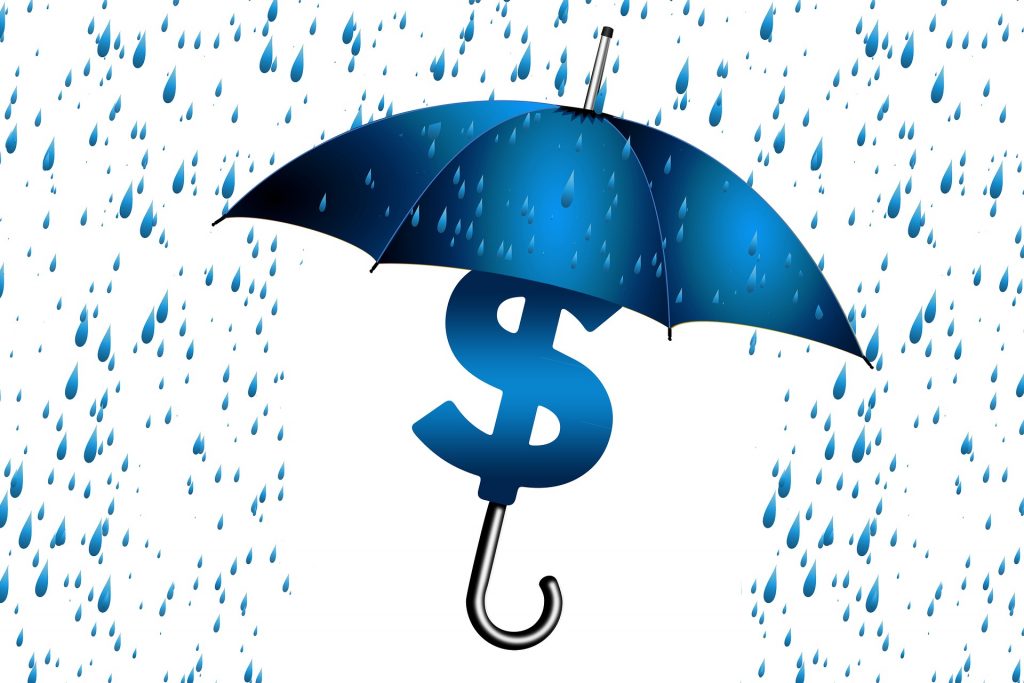Years ago, I was involved in a business that depended on television advertorials for marketing its products. We ended up spending over a $1 million a year on the activity.
But each year, when it came to negotiate the contract, the TV network kept lifting the price. Sometimes 15% or more.
Although the business had great margins on its health products, the relentless price rises made things more and more difficult. Especially since we couldn’t increase our prices.
The network had capacity constraints. Not enough advertorial time available for the companies that wanted it.
Today, I see the same force unfolding across the entire economy.
A mortgage broker was telling me the other day that his clients building homes face a 40-week wait on certain types of weatherboard. And price increases.
As businesses struggle to get in supply following the global disruption to production and shipping from Covid-19, there are choking bottlenecks as demand resumes.
You know what happens when demand exceeds supply, and supply cannot respond to that demand.
Prices go up!
Inflation, even stagflation, is something I remember all too well
I grew up in the 1970s and 1980s. Following the oil shock and the subsequent stagflation.
The key input price of oil shot through the roof. Dad had the car converted to CNG, a government incentive you no longer see. Price increases across the economy were relentless. Jobs were hard to come by. And pay packets struggled to keep up with the cost of living.
As governments tried to tackle inflation, interest rates went well into double digits.
From memory, our family’s mortgage hit 18%. You really did have little left after paying the bank. Fish and chips on Friday and a chocolate bar of your choice was quite a treat.
The prosperity we’ve enjoyed over the past few decades is very different. Interest rates have, by and large, been kept under control. Inflation has been tamed.
So the Covid-19 price shock we are seeing now, with inflation higher than it has been for many years, is frightening. At least for those who have memory of its destructive power.
Once inflation gets out of control, the mechanism to control it is swiftly raising interest rates.
But there is always a lag. Here in New Zealand, the OCR was recently increased 25 basis points to 1%. Given inflation could be running over 10% in some quarters, this seems undercooked.
Inside this lag, the thief of inflation moves with devastating effect.
A McDonald’s burger deal I used to share with my son cost $10. Now it’s $12. My fast-food cash just lost 20% of its buying power!
What is more concerning is that with capacity constraints and income knocks from Covid-19 lockdowns, many people have less income, not more.
This paves the way to a stagflation situation. Where you have rising prices. With falling output and jobs. A promising recovery can soon turn into a hazardous recession.
How can you protect yourself from this theft?
When holding cash in a bank account, there is very little you can do.
If your interest rate is 1% but real inflation is 7%, you’re losing 6% of that wealth in a year. You’re being eroded by a silent burglar. A financial virus that attacks the core health of money.
Many people turn to property or shares.
The problem with property is that if the inflation or stagflation does turn out to be lasting and pernicious, the necessary rise in interest rates to unforeseen levels can flatten the market.
This is what happened in the late 1970s. Real home prices here in New Zealand did not recover from this until the early 1990s.
History showed us a devastating example even earlier following the 1929 stock market crash. This proceeded a long period of economic froth after World War I and the Spanish Flu. Yes, another global pandemic. Home prices in New York did not fully recover until the 1960s!
Are we at the end of the current super-cycle in property? A cycle that has been built on much money printing and easy leverage?
I don’t know, but no bubble can last forever.
Shares tend to fare better, at least if you look back on history, because they are more liquid and tend to recover much more quickly from crashes. They are also ownership interests in businesses which track the fortunes of the wider economy.
But beware: Rising interest rates are the enemy of the sharemarket. Investors decide they do not need the risk of businesses and instead divert to fixed-interest investments to get the return they seek.
But, possibly, there is a reasonable bet in heady times. When the thief of inflation preys, it could pay to seek out certain shares that are more inflation-proof.
In particular, defensive businesses that are able to increase their prices and keep up with the inflation. Businesses in sectors such utilities or consumer staples that people rely on.
And don’t forget the banks. While high inflation and rates can restrict lending, more moderate inflation can be beneficial. Since banks can increase their interest-rate margins.
We are analysing these trends and opportunities more deeply in our new premium research newsletter — Quantum Wealth Report.
I encourage you to take a look. Before prices can go up!
Regards,
Simon Angelo
Editor, Wealth Morning
